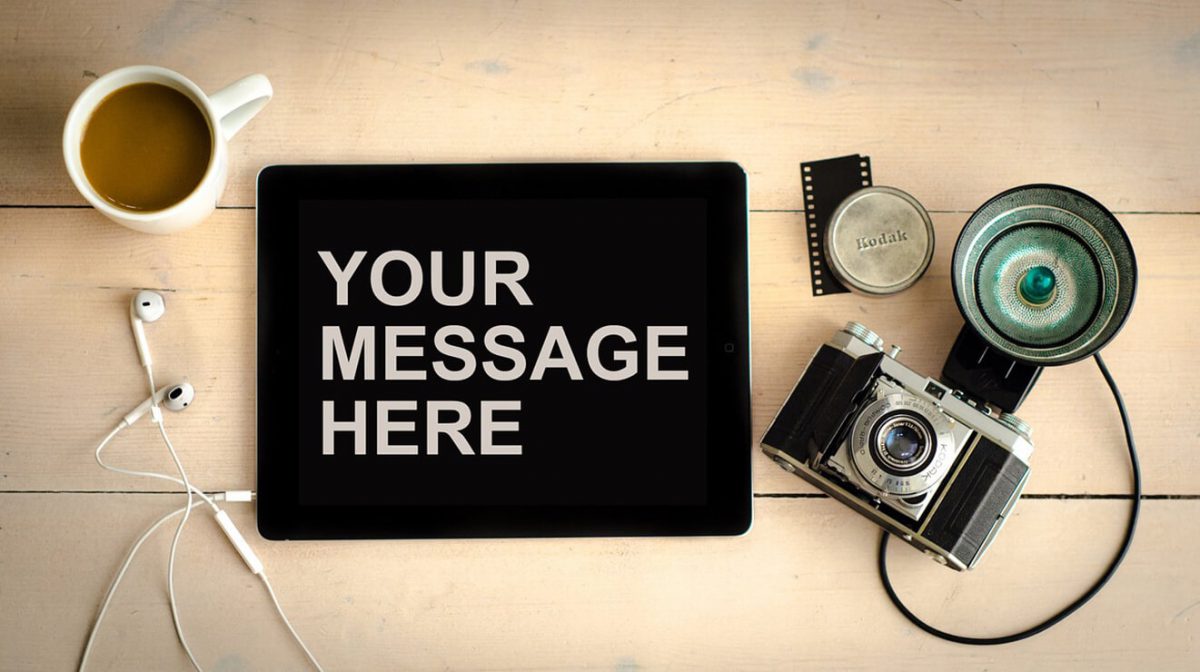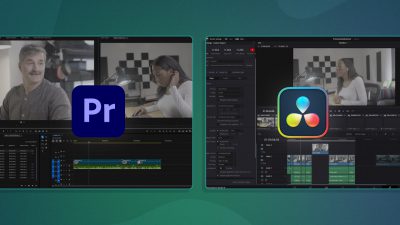Sometimes, even if you know exactly what you need your video to say, it’s difficult to know how to ease your viewers into the right frame of mind to be receptive to that message. That’s why creating intros can be one of the most challenging parts of making a good video.
The bottom line is that your introduction has to quickly and succinctly give people a compelling reason to watch the rest of the video. Read on for six ideas on how to do just that.
Why it’s so important
Having a branded intro can be extremely useful, but you don’t want to rely too heavily on that—you really want to give each video its own unique, appropriate introduction for the material you’re covering.
What do we mean by intro, anyway? We’re talking about the first 4 to 20 seconds of your video, where you set the scene for what’s coming. This is where you establish the brand or company, the big question or issue you’re going to address, and so on.
If you think the intro is beside the point, you should know that most viewers who click away from a video do so in the first 20 seconds, so the intro is actually completely crucial to retaining viewers. For more on why the intro has to rock, check out this TED talk on the subject, The Power of a Great Introduction, by Carolyn Mohr.
Now that we’ve established what an intro is, and why it’s important, here are six tips for making sure your intro rocks, and keeps viewers hooked.
1. The basic animated intro
This is the classic branded intro, consisting of a simple animation with music, your logo, and fading to black before your video starts. This works well if you have a single video series since there’s no need for context if viewers already know exactly what to expect. In almost all other cases, you need more meat to your intro. Its strong points are that it’s simple, easy to produce, and recognizable relative to your brand.
To freshen it up, consider switching out the transition before the beginning of the video, changing the music, and ensure the logo being used is up-to-date. Typically, the shorter the better for this type of intro.
As you’re creating your branded animation, you might find tools like Canva and Wideo useful.
2. Opening montage
Give your viewers a teaser of the action to come, with quick snapshots that show what it’s about, and which might hint at the climax, but don’t give away the ending. This can be enhanced by adding a voice-over or lower third text. For inspiration, think of dramatic commercials for TV shows that bring you right to the cliff, but don’t quite go over the edge, leaving you hooked.
Since you can use clips from your existing footage, this can be a quick and simple way to make a compelling introduction. Just be sure not to give too much away!
3. Snapshot preview
You can also use just a single snapshot of the action, such as a preview of a powerful moment in the video, a meaningful quote from an interview, or a similar moment of high intensity. Use captions and voice-overs to make the implications of the snapshot clearer, or to pose the Big Question that your video is going to take on.
This approach has several advantages because it results in an intro that is short and sweet, with a strong hook, and is relatively easy to produce.
4. Give an agenda
Sometimes it’s best to simply explain what’s going to happen in the video upfront, giving an outline of sorts. A clear view into what is to come is especially helpful for longer videos.
This can make for a dry intro, however, so only use this if you’re dealing with a complicated subject where the aim is to make it more simple (for example, in a how-to video).
To keep it from feeling too much like a table of contents, use captivating visuals and quick transitions between topics to inject some energy into the intro.
5. Vox pops
Short for vox populi, meaning “voice of the people,” this is the classic interview format where you pop a question to a member of the public and record their answer. Vox pops can work well to set the stage, especially to give some social context around the larger issue you are tackling.
To get this right, select a catchy soundbite from a relatable interview subject (or two) – someone who is comfortable infront of the camera and speaks their mind clearly with confidence.
6. Recap
Most topics are actually one moment in an ongoing timeline. In other words, your subject has a history, and in most cases, you’re addressing the issue of what’s coming next or recently occurred.
One way to frame innovative products or topics is to do a quick recap of how the industry got to where it is now, including the most recent challenges. This sets the stage for your main event, and gives your viewers the context they need to understand the importance of your ideas.
When creating this type of intro, stock images and photos are your friends, as are voiceovers explaining the history of what’s going on.
Have an idea about an intro that we forgot? Feel free to add it in comments below or tweet it to us!








